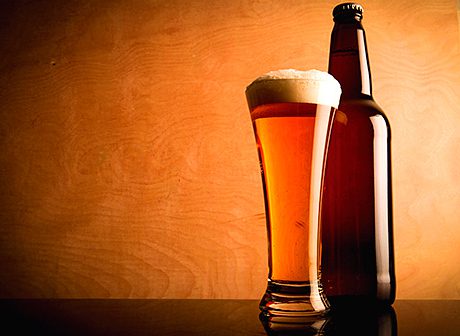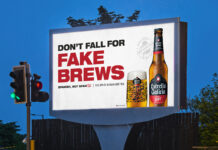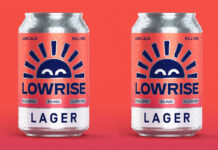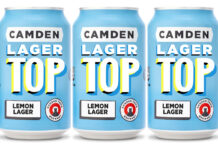
FORMER prime minister Gordon Brown bounced back on to the political scene recently.
But, if historians in the future debate his impact on the Scottish independence referendum, some beer fans will remember him best for a decision he took much earlier in his career. Since his introduction, when chancellor, of the tax (duty) break known as the Small Breweries’ Relief in June 2002, there has been a boom in the number of UK breweries, and many of those firms are now moving the craft beer movement firmly up the consumer agenda, said a major report on the brewing scene in the UK from international market research firm Mintel published at the end of last year.
As it happens, many of Britain’s craft brewers are Scottish.
But a decade or so after the tax change it’s probably the consumer numbers in Mintel’s late 2013 report that hold most interest for retailers, including c-store operators considering introducing or extending a craft and specialist beer range.
Mintel found that a quarter (25%) of British adults – roughly 13 million people – said they had consumed a craft beer in the preceding six months.
“As the segment develops and its popularity increases, it is moving towards mainstream consumption,” the researcher said.
“Craft beers have forged associations with high quality, so much so that over a third (35%) of beer drinkers think that they are worth paying more for.”
But, at the same time, the researcher found that there were questions in consumers’ minds that could be holding craft and specialist beer back.
“While half (50%) of beer drinkers expect craft beers to taste better, 40% admit they are unsure about what the term ‘craft’ beer actually means,” said Mintel.
In fact Mintel’s report suggested consumer interest in craft beer currently appears to be more about production methods and quality than the size of the company doing the brewing. Some 40% of beer drinkers are interested in trying a craft-style beer from a large brewer.
Chris Wisson, senior drinks analyst at Mintel, said: “Far from being a niche area reserved for small brewers, craft beers are actually something which larger brewers can also tap into.
“Rather than focusing on size, craft should be more of an ethos which stands for high quality and artisan skill, giving the consumer a different drinking experience.”
While Mintel found the growth of craft beer encouraging, it reckoned the overall beer market remained in a state of flux.
The amount of people drinking beer had remained broadly the same in 2013 against the previous year – some 71% of UK adults said they drink beer and 63% of beer drinkers said they do so at least once a week.
But the actual amount being consumed is decreasing in line with the overall fall in alcoholic drinks consumption.
Against that background, the firm forecasts further volume declines in coming years. But it expects price inflation and trading up by consumers to premium beers to lead to increased value sales.
The researcher found lager remained the most popular type of beer, drunk by 58% of adults in the preceding six months.
Interestingly, lager was the only type of beer to show significantly higher in-home use than out of home (47% against 31%), which Mintel thought was a reflection of the difference in the cost of drinking lager in the on- and off-trades. The firm found that ale had shown signs of growth. By late 2013 some 31% of adults said they drink ale and many cask and premium bottled ales were achieving “reasonably encouraging growth”.
On the other hand, stout was still struggling as many consumers moved towards ‘lighter’ drinks such as golden ales.
Another growing segment identified in the Mintel report was spirit beers, drunk by just under one in five (18%) adults. But the firm suggested spirit beers may still have a way to go to convince beer drinkers overall – just 26% said they found them appealing and a further 49% said they thought beer should be left unflavoured.
“The growth of craft beer taps into an overall trend of many beer drinkers becoming more demanding when it comes to the quality of their beer,” said Wisson.
“The fact that two thirds of them think that it is worth paying more for better quality beer goes some way to explaining why premium brands such as Peroni go from strength to strength despite their higher price.
“As prices of many drinks continue to go up, many drinkers are looking for discernibly higher quality to justify the cost. Focusing on the quality of ingredients such as hops, and on the brewing process, should help brands convey their superior quality to beer drinkers,” he said.













